Week 54: UNESCO hop
–
–
The first stop on our UNESCO hopping was Safranbolu, where we wandered among the Ottoman era buildings that have been preserved in the old market area of the city. One of the things that was really nice was that the historic area is separated from the new part of town, and in its own little valley. Apart from the modern apartment blocks on the ridgeline and the occasional communications tower on a peak, all you saw were old houses, or new ones that are designed to fit in. We stayed in a beautiful building that had some of the features we saw in other buildings. The exterior is usually covered in white plaster but the interior is all wooden – the floors, ceilings and cupboards that cover the walls. Around the walls there is a narrow seating area and the rooms are designed to be multipurpose. During the day they are set up for general living and in the evening bedding is brought out of the cupboards in the wall. Another space-saving device which was a little odd was a bath in the cupboard. We’re still not really sure how this worked but essentially a small trapdoor in the raised floor of the cupboard opened and people would wash there. When they were finished the trapdoor would be closed and the cupboard would be used for storage. We’re not sure how drainage worked; we had a normal bathroom in our room.
Wandering around the streets was really cool, many of them are too narrow for car traffic and even the ones that are one car wide were pretty much only pedestrian. Many of the buildings now house shops in the bottom floor selling tourist tat, halva and Turkish delight. Everything seems to be saffron infused, as it was the growing and trading of this spice that gave the town its wealth and its name, though I can’t recommend saffron tea. We visited another caravanserai, built to give shelter to traders’ caravans and now continuing that function as a hotel. A little out of town another hotel had restored a building with a feature not often seen, an indoor pool in the reception room. It wasn’t designed for swimming, but instead cooled the room and the running water provided a pleasant background sound for socialising. I was happy enough with overhanging second floors jutting out at odd angles, all these special features made the town’s buildings even cooler! Up in the clock tower we talked to the man who has been in charge of winding up the town’s clock for the past 45 years! Since he was 22 in 1965 he has made sure the counterweights don’t hit the floor. I can’t imagine the council being able to find a replacement when he retires.
We continued our UNESCO hopping with a visit to the ancient Hittite capital of Hattusha. The Hittites were immigrants to Anatolia and not a lot is known about their origins. They spoke an Indo-European language and it’s generally assumed they trickled in from the Caucuses region in the second half of the 3rd millennium BC. There wasn’t a big invasion but they gradually formed groups and eventually overthrew the Hatti rulers around the 18th century BC. The empire reached its height in the 14th century BC when it covered parts of northern Syria and came into conflict with the Egyptian pharaoh Ramses II. The Battle of Kadesh in 1274BC was a massive battle, involving around 5,000 chariots, and the end result was a draw. The peace treaty that resulted was the first of its kind in the world and held until the downfall of the Hittite empire hundreds of years later. Ramses II also indulged in some of the world’s earliest recorded propaganda and managed to turn what was essentially a loss for him into a grand victory.
But I digress…
Hattusha was the capital of the Hatti people before the Hittites took over their land and capital around 1650BC. Though it was far from the sea there were many trade routes through the area, and in that time the climate was milder and more suitable for harvesting crops than it is now. Once in control the Hittites reintroduced cuneiform writing, which had been used by Assyrian traders but had fallen into disuse under the Hattis. It’s through about 25,000 clay tablets found in Hattusha’s archives that archaeologists have learnt so much about a people who, until the rediscovery of Hattusha, were thought to be almost mythical. They were mentioned in the bible and in Egyptian sources but no trace of them had been found, until 1834. The site has been continually excavated since 1906, apart from pauses during both world wars.
You need to use a lot of imagination at the site but it’s easy to see that it was a big city. The remnants of stone foundations remain where the upper sections of wood framed mud brick walls have long disintegrated, but they cover an impressive area. We walked a 5km course that took us through the upper and lower city areas. 7m wide defensive walls used to surround the city, which included a royal palace, massive grain storage, water storage pools, numerous temples and administrative buildings. It’s estimated that the population at the city’s peak was between 40,000 and 50,000. One section of the city wall has been restored; an impressive feat that underlines how impressive a feat it was in the first place. A 65m long section required approximately 64,000 mud bricks, each 45x45x10cm, and took 11 months. One of the cool little details we saw was where the heavy wooden doors of a temple had swung open and rubbed a semi-circular mark in the stone threshold. There was also a huge rampart in the south of the city that was built with a tunnel through it. Nobody is sure of its function; some say it was defensive but if that were the case one would expect it to be better concealed.
Near Hattusha is the religious sanctuary of Yazilikaya. It was a shrine for the inhabitants of Hattusha and comprised of two open air galleries of carved rock reliefs surrounded by religious buildings. We must have had bad light because it was really difficult to see much of the detail we read about, but apparently the main chamber shows a procession of male gods on one wall and a procession of female gods on the other. The central scene shows the Hittite’s main gods facing each other, the storm-god Teshub and the sun-goddess Hebat. Each deity is labelled with their name in Luvian hieroglyphics. The Luvian language was widely used in the Hittite empire and at Hattusha we saw an inscription in Luvian hieroglyphics. It was really odd. They didn’t write left to right, or right to left, or top to bottom, or any other way which would be (to my mind) logical. Instead they wrote “as the ox plows”, as our book so poetically put it. They started at the top right, wrote toward the left then the next line started on the left and wrote toward the right. It kept going down in a never ending “s” shape. Hieroglyphics in lines going one way were mirror images of those in lines going the opposite direction. I understand that the English language doesn’t have the monopoly on dictating how a language should be written but boy am I glad the Luvians don’t either.
Anyway, tonight we’re in Sivas. It’s not a place we plan on seeing any of, though I’m sure it’s got something to see if we wanted to spend more time. We arrived in the evening after a convoluted series of transport changes, and are travelling on tomorrow to Divrigi, our main destination for this journey. Since we left the coast and the more major tourist areas transport has been a bit more of a hassle. Connections aren’t direct and sometimes (like today) the most logical route isn’t covered by public transport. Still, we really were spoiled down along the coast.
Tags: Ankara, Hattusa, Hattusha, Hittite, Safranbolu, UNESCO, Yazilikaya
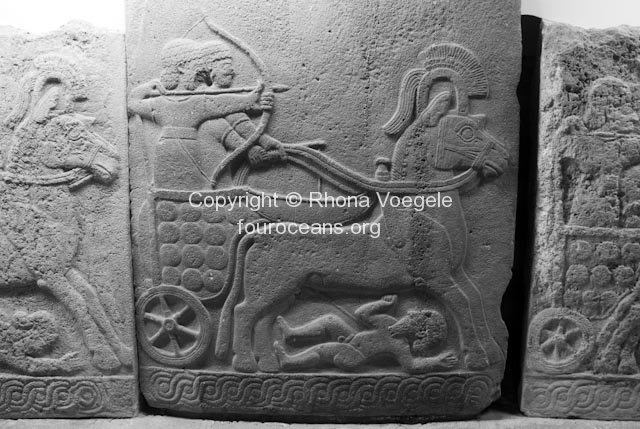
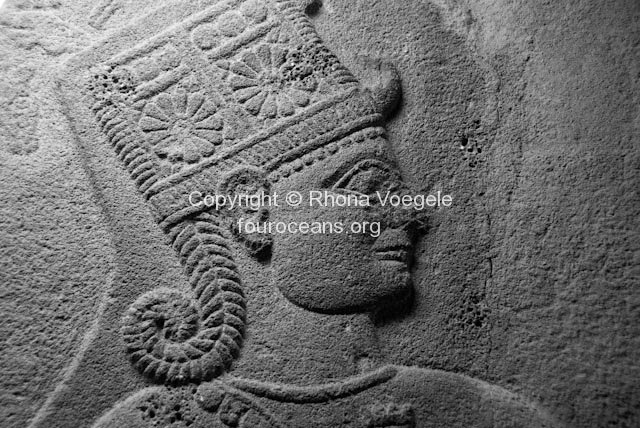
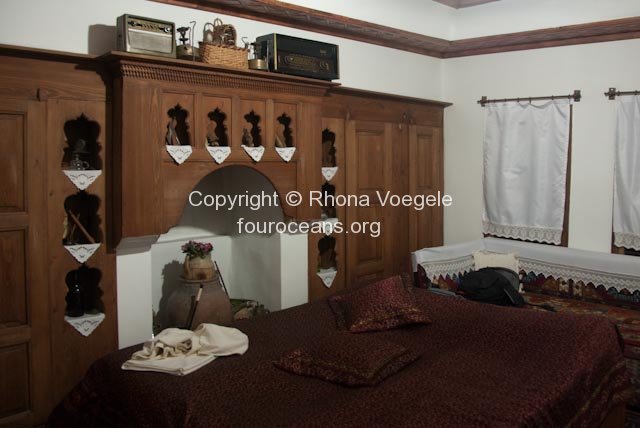
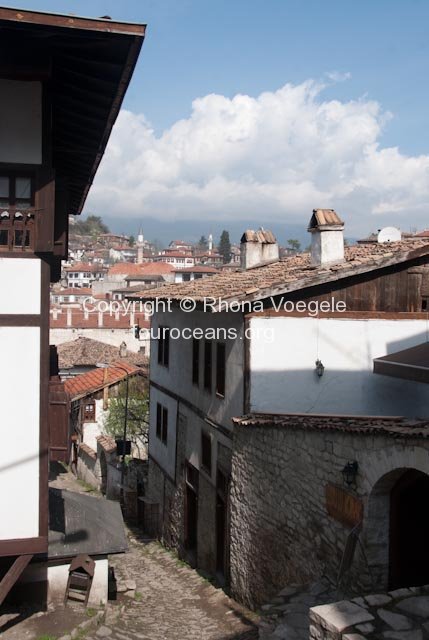
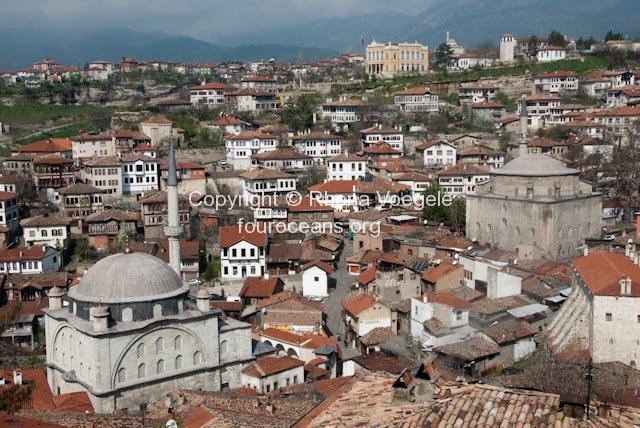
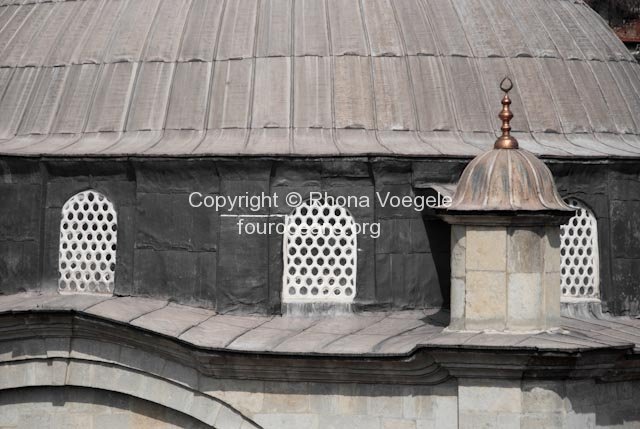
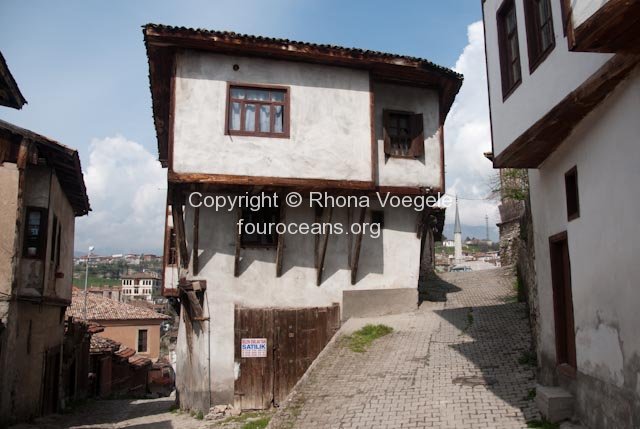
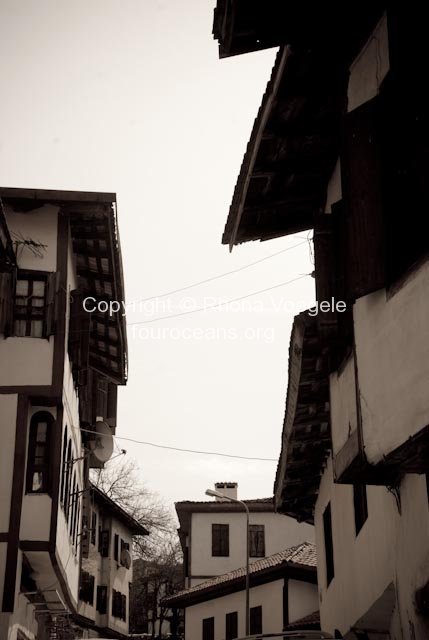
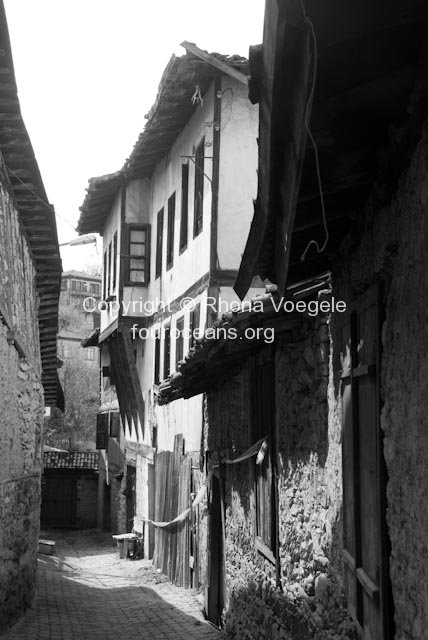
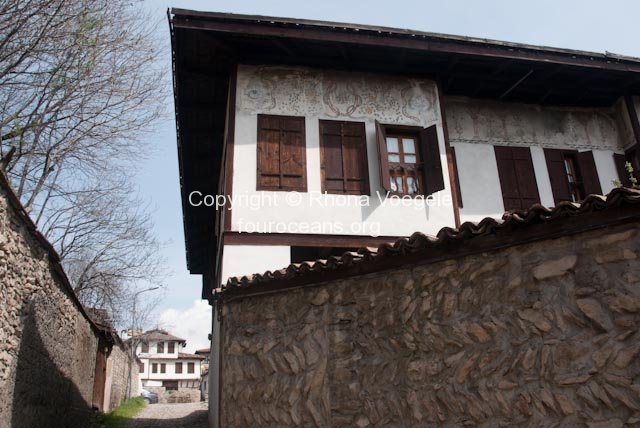
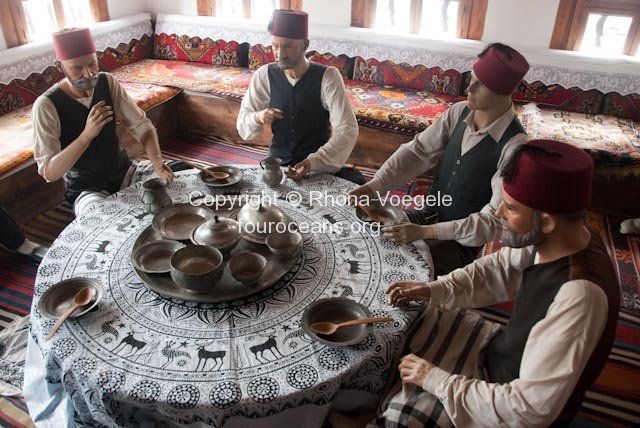
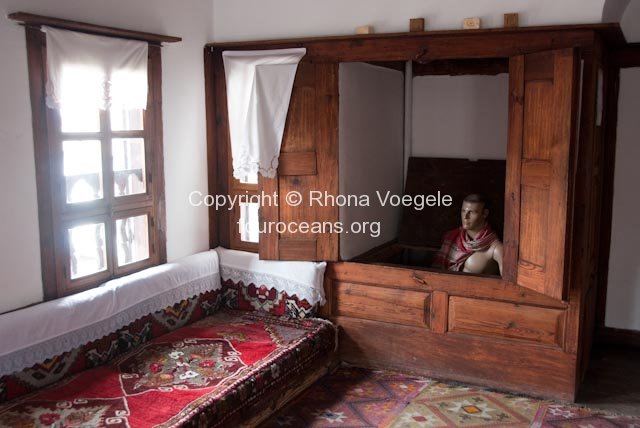
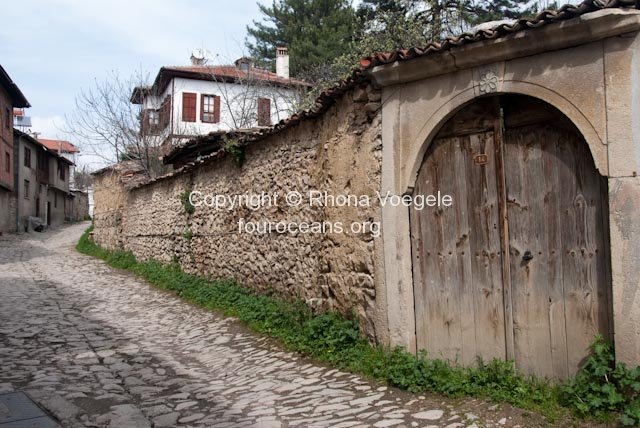
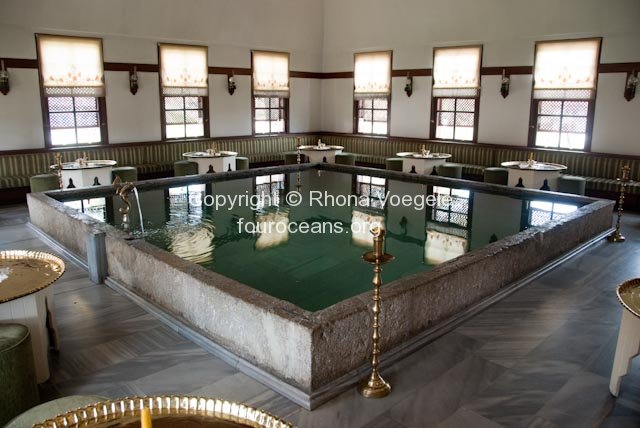
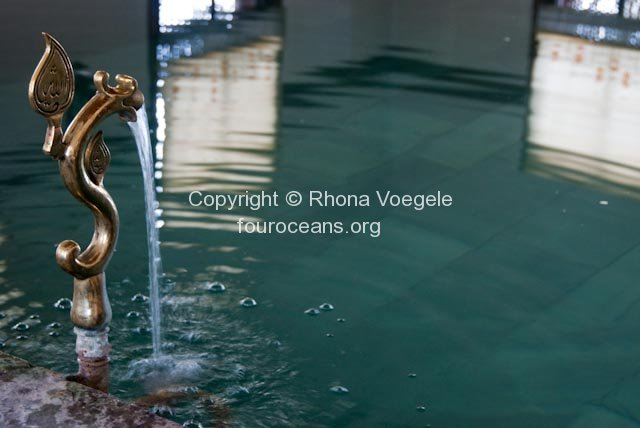
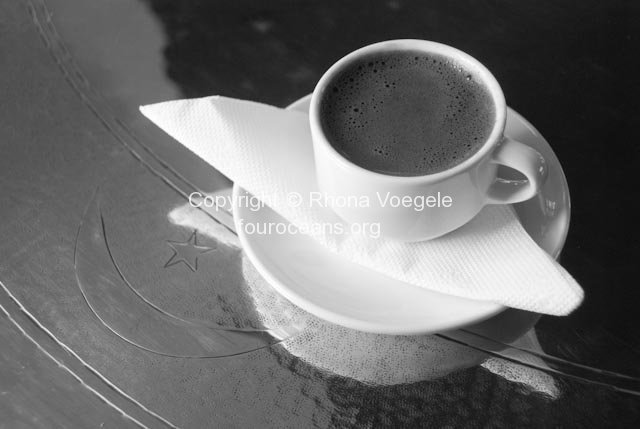
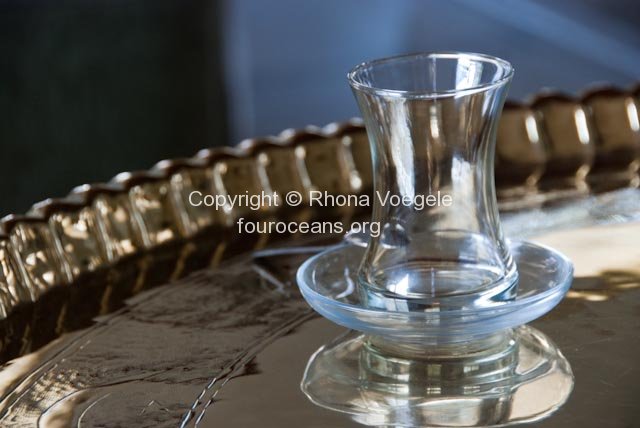
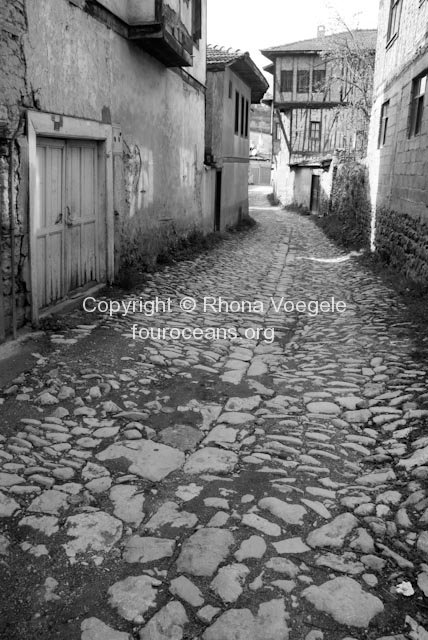
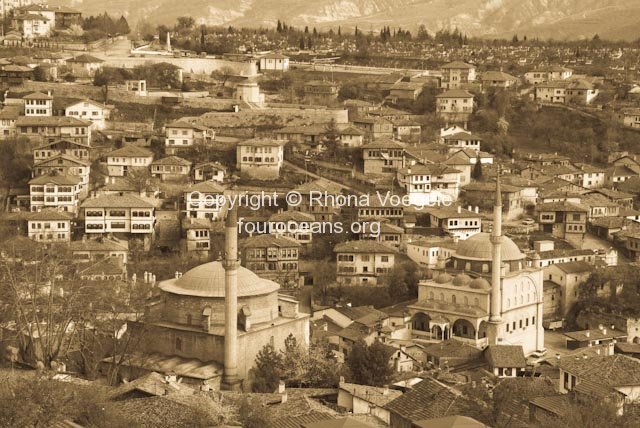
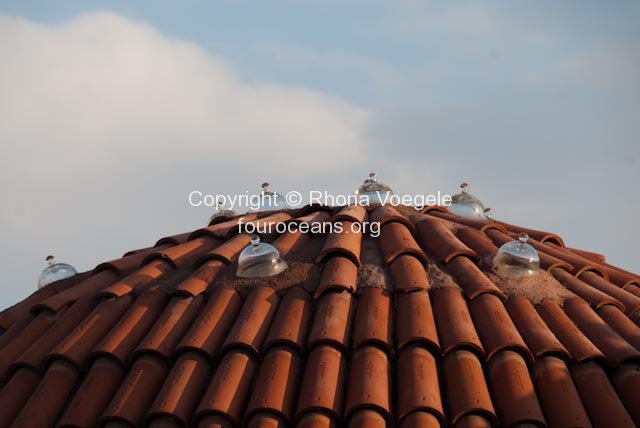
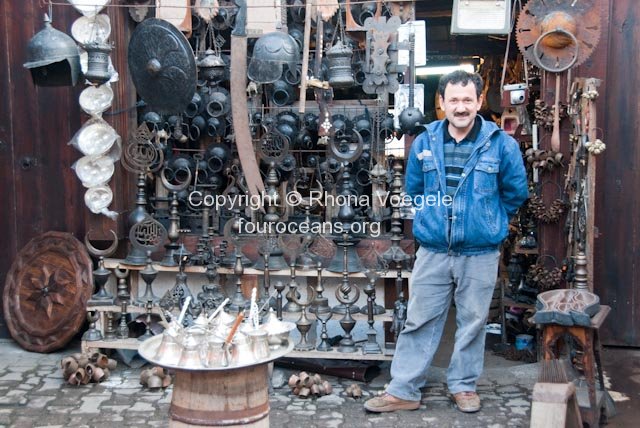
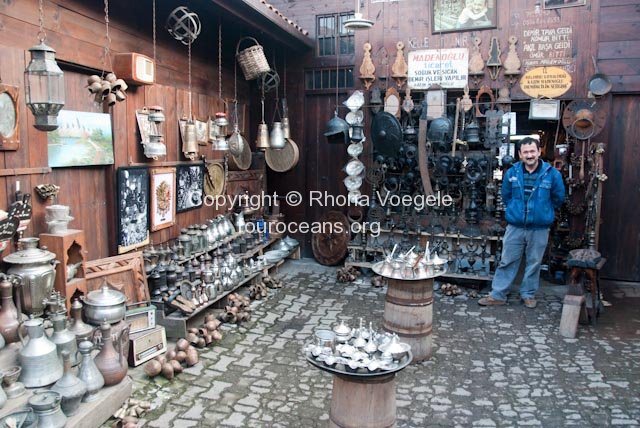
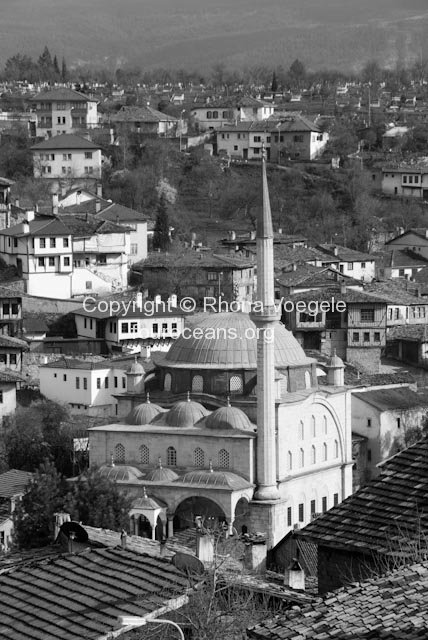
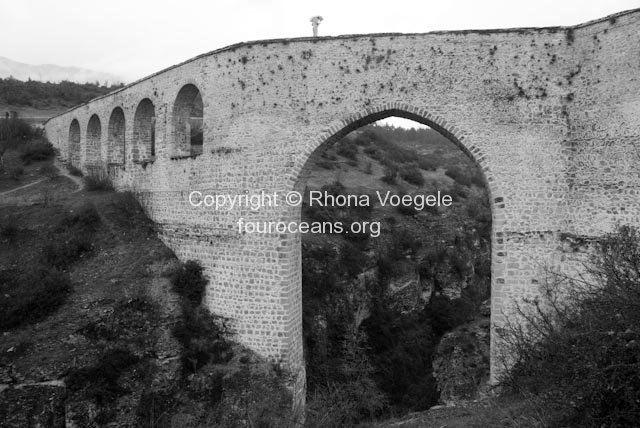

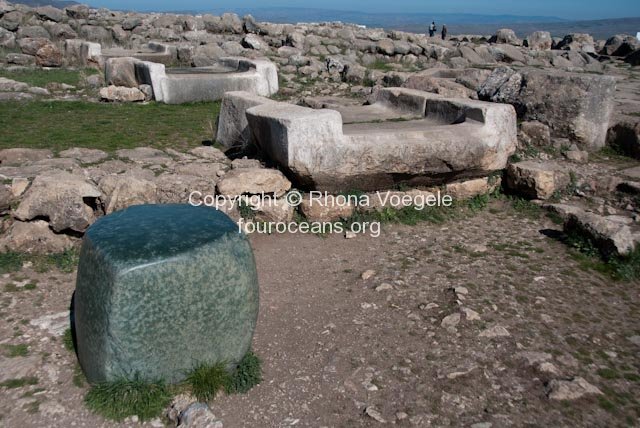
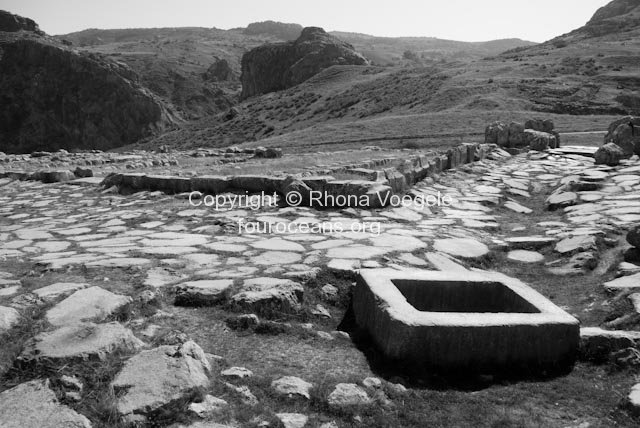
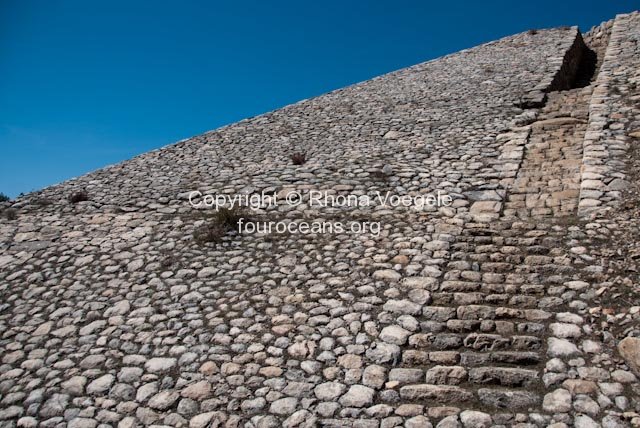
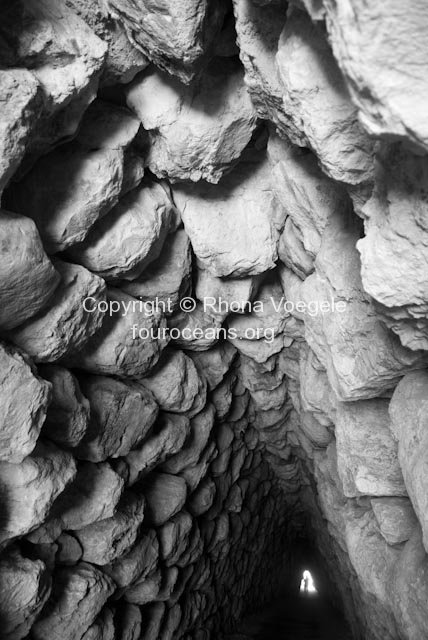
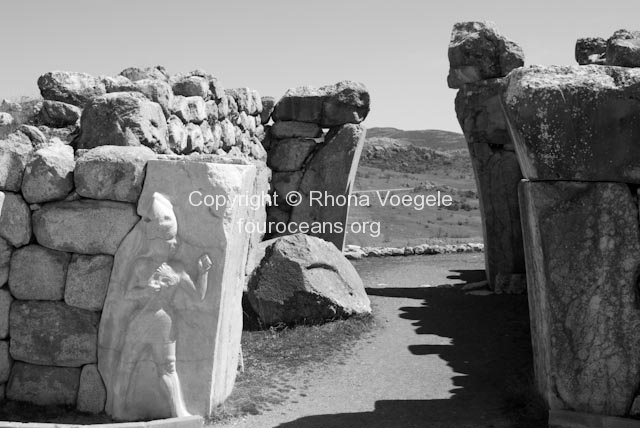
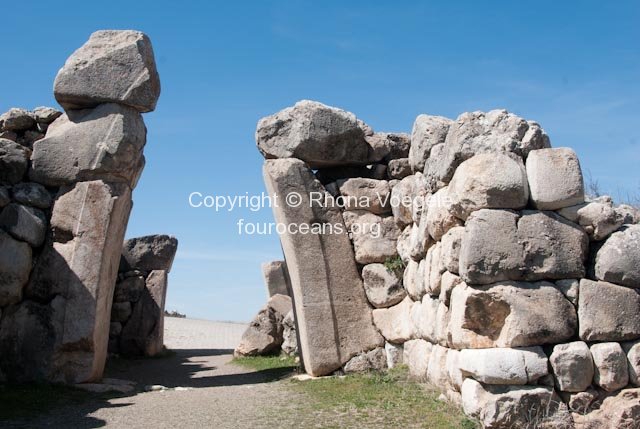
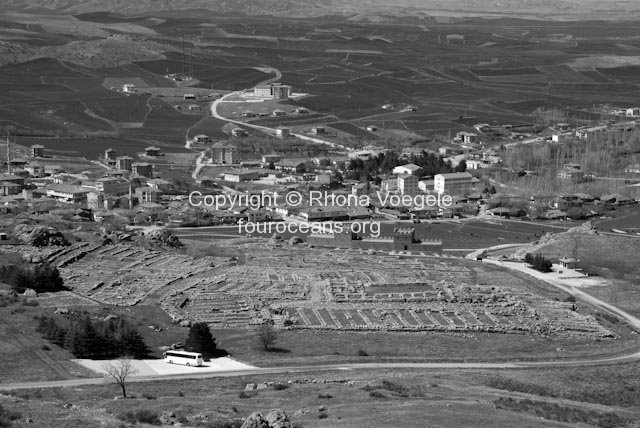
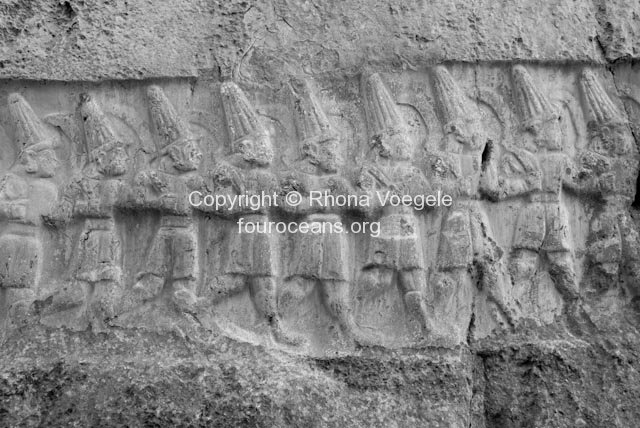
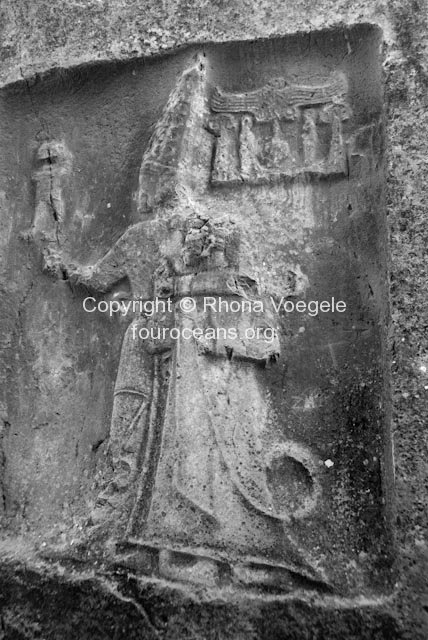
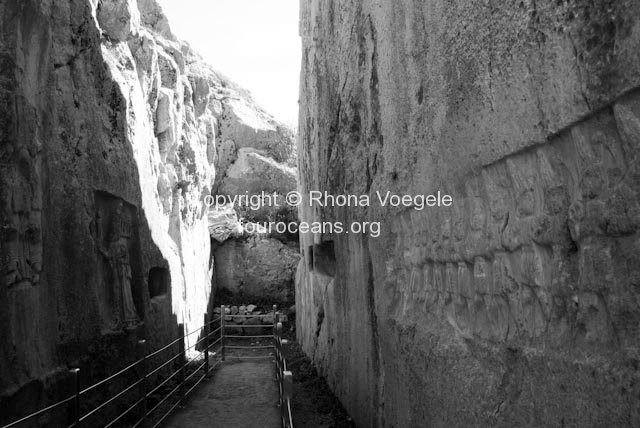

Leave a reply